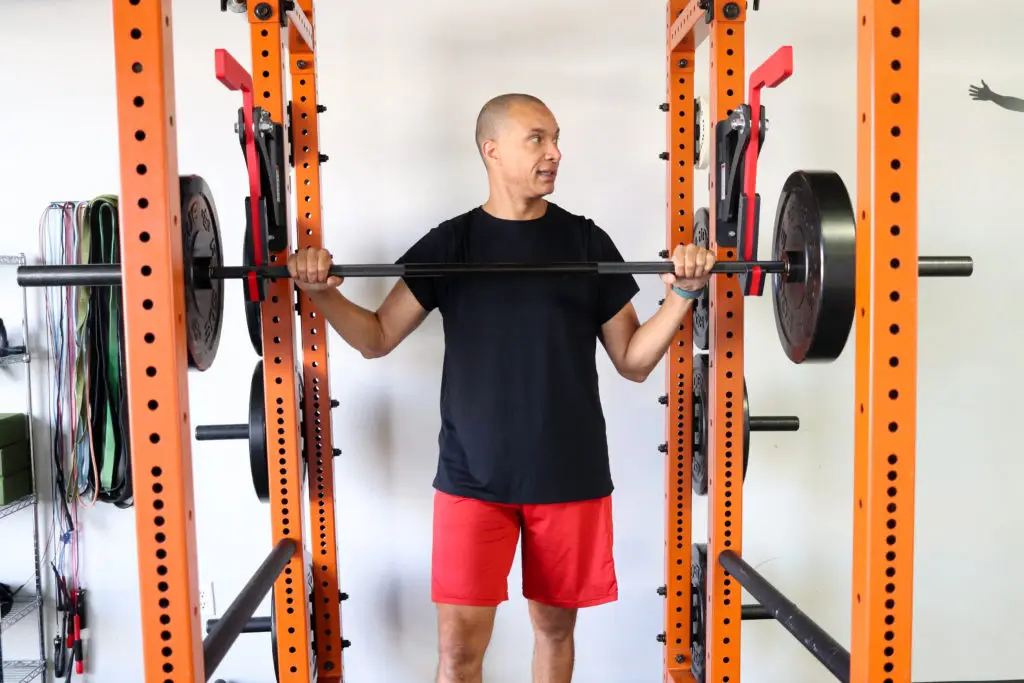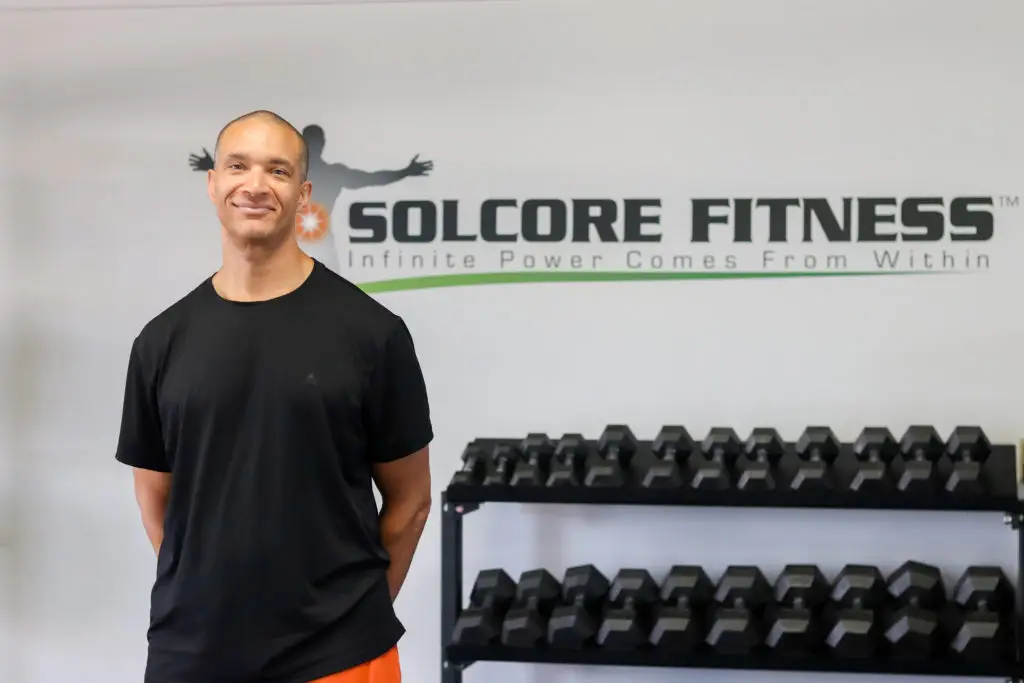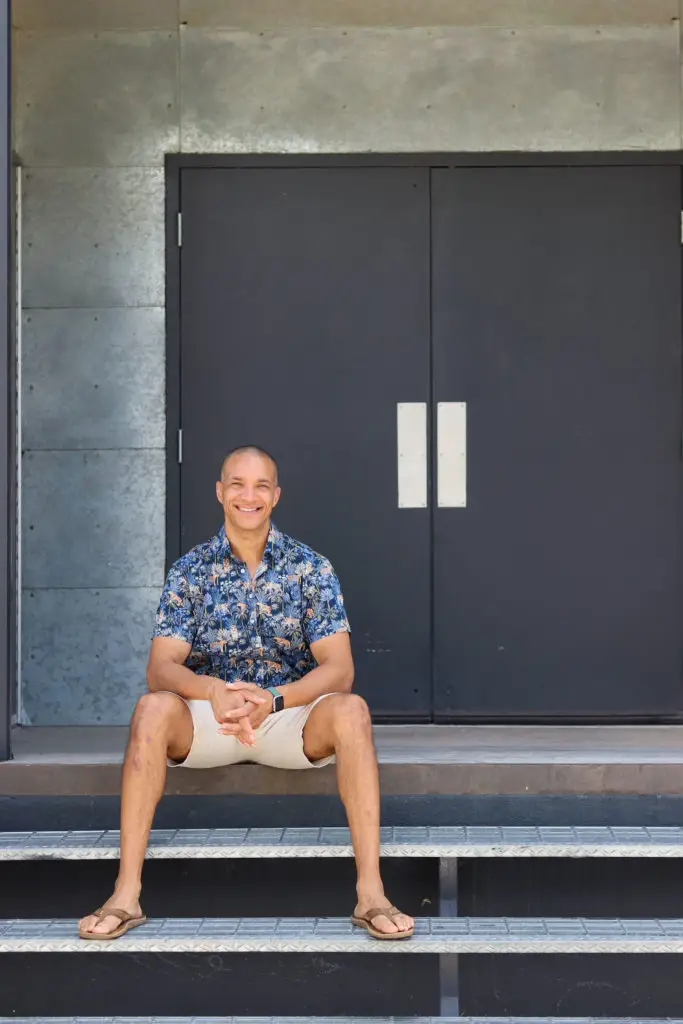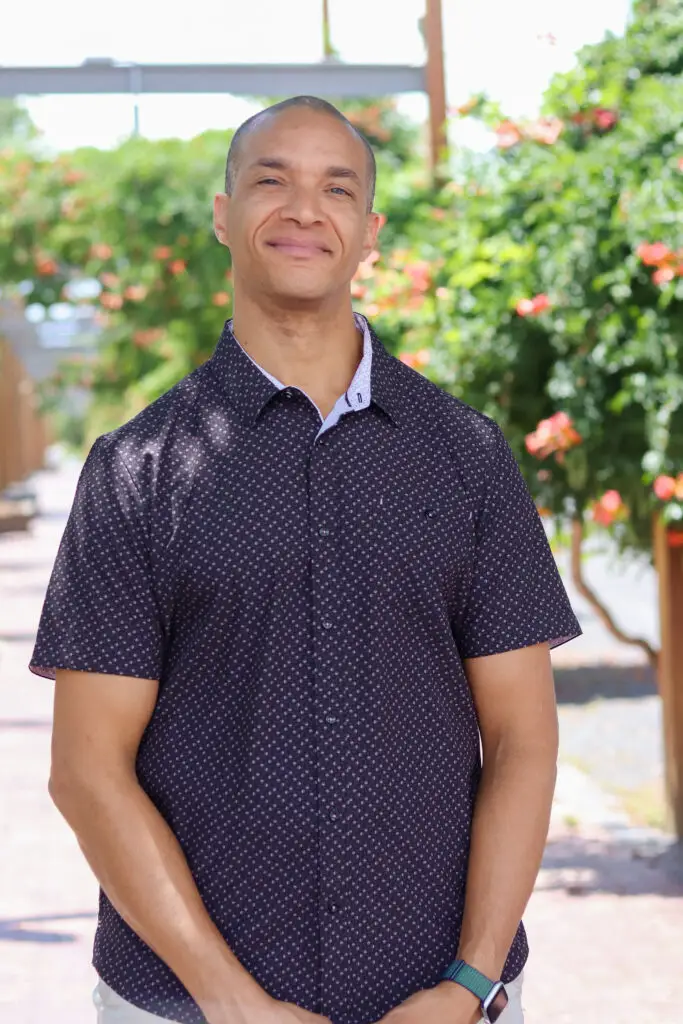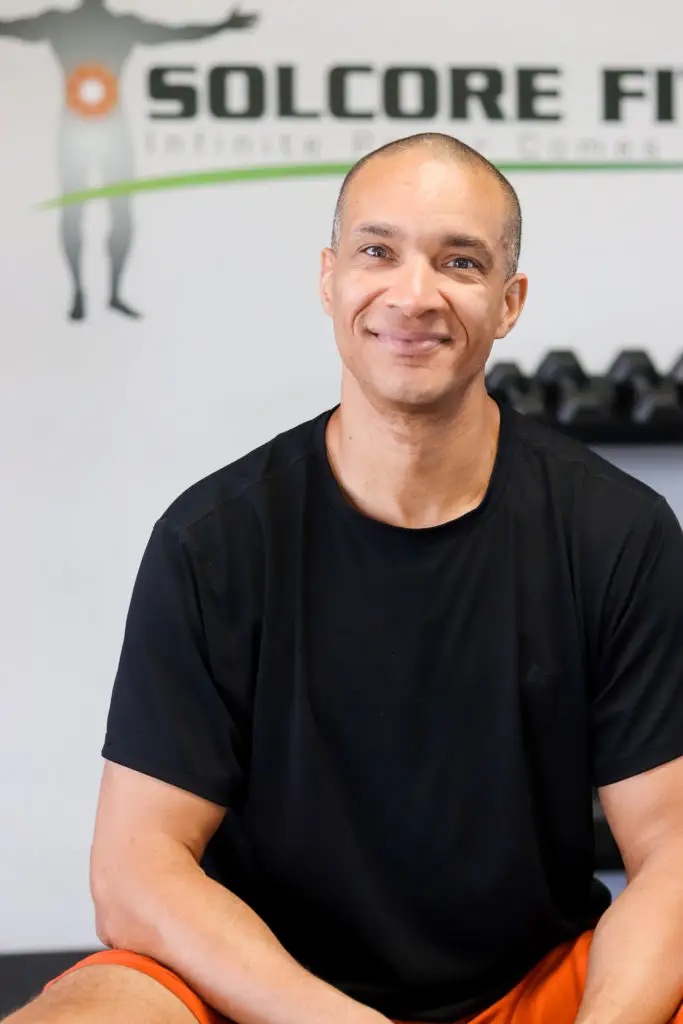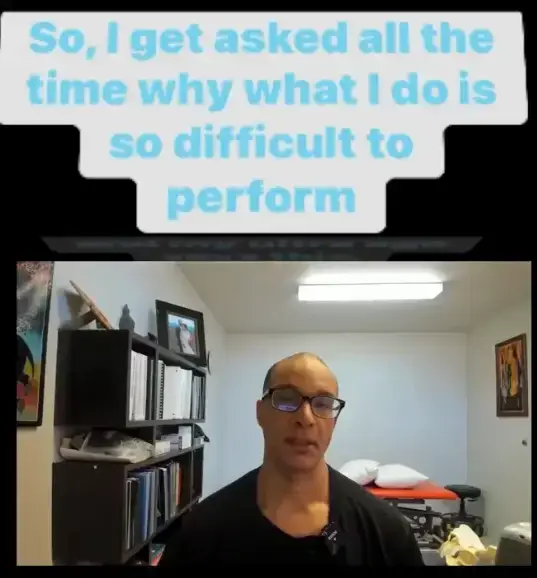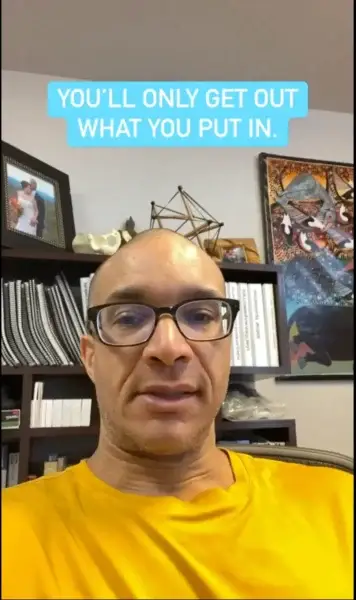
Spring is a special season. Days grow longer, sunlight grows steadier, and temperatures invite us to step outside more often. In the natural world, growth accelerates because there’s an abundance of energy—plants soak in sunlight, animals become more active, and the whole environment feels like it’s humming.
That same natural rhythm is available to you, right now, no matter your age, background, or health history. At SolCore Fitness & Therapy, we know that momentum in your fitness journey comes from two key factors—energy and direction. In spring, nature hands you the energy. Your job is to decide where to send it.
Below, you’ll learn how to build your own “spring growth cycle” for your body, health, and mindset—rooted in fascia-focused, osteopathic principles, and backed by decades of coaching and client results.
Step 1: Identify Your Sources of Energy
In nature, plants get their main fuel from the sun. You do, too—but your full “energy ecosystem” includes both physical and mental recharge sources.
Think about what consistently restores you. For many people, these include:
- Natural sunlight for vitamin D and mood support
- Rest and relaxation (quality sleep, quiet reflection, balanced recovery days)
- Eating fresh, nutrient-dense foods that truly fuel your body
- Spending time with loved ones who uplift your energy
- Engaging in practices that nourish your spirit, like meditation, art, or shared community activities
- Exercises that balance and restore your body, not just push it harder
From an osteopathic and fascia health standpoint, these inputs are not optional. Fascia thrives when the body is hydrated, well-nourished, and regularly moved in diverse ways. Energy is both what you put into your body (food, movement, mindset) and what you remove from it (stress, toxins, unhelpful habits).
If you’re not sure where your “energy leaks” are, try this:
Track a week of your habits—bedtime, wake time, meals, time in nature, exercise, downtime. Then note how you feel each day. Patterns will appear quickly.
Step 2: Define Where You Want to Grow
Energy without direction just scatters. Spring is about channeling energy into areas that matter most.
Ask yourself: “If I had a surge of motivation and physical vitality this season, where would I want it to take me?” Your answer might involve:
- A specific fitness milestone (run a 5K, master pull-ups, improve hiking endurance)
- Postural correction to reduce discomfort, improve breathing, or align your body for better function
- A new movement discipline such as ELDOA, myofascial stretching, or proprioceptive training
- Integrating strength and mobility so your workouts build capacity without injury
Remember that fascia adapts best when inputs are specific and progressive. A vague goal (“get in shape”) dissipates energy. A clear, measurable goal (“walk briskly 30 minutes a day, improve hip mobility by 20% in three months”) focuses it.
Step 3: Reduce Distractions and Competing Demands
Every living system makes choices about where to allocate resources. In plants, energy can go into leaves, flowers, or reproduction—but not all at once at maximum output. The human body is no different.
If you want growth in fitness, you need to:
- Cut down lesser priorities that drain time and energy without moving you toward your health goals
- Limit distractions such as excessive screen time or activities that leave you feeling depleted
- Protect recovery by scheduling it as intentionally as your workouts
Energy conservation is a form of resource management. From a coaching standpoint, many clients make the fastest progress not by adding more training, but by subtracting the things that compete with their body’s adaptation process.
Step 4: Create and Follow Your Plan of Action
Nature follows cycles: seeds sprout, stems grow upward, roots deepen. You need a training and lifestyle plan that does something similar—supports growth while reinforcing your foundation.
That could include:
- Booking consistent workout sessions (personal training, semi-private classes, or at-home follow-alongs)
- Structuring meals so you’re fueled for movement but not weighed down by low-quality energy sources
- Pairing strength work with fascia mobility sessions so tissues adapt healthily
If you’re not sure where to start, the [HOLISTIC EXERCISE AND FITNESS PROGRAM] gives you a framework for progression that integrates osteopathic principles with functional strength and flexibility.
Step 5: Feed Energy Back into the System
Here’s the beautiful symmetry—when you start applying energy toward clear goals, those goals start returning energy in the form of progress, confidence, and momentum.
Example: Improving posture through targeted fascia stretching doesn’t just fix alignment—it makes breathing easier, workouts more efficient, and daily life less fatiguing. That returned energy can now be redirected into new challenges.
This is the core of the “circle of growth”:
- Identify what fuels you
- Direct it toward a clear, meaningful goal
- Reap the benefits
- Use those benefits to fuel further growth
Real Client Example
One SolCore client, Ben, started his spring with erratic energy—long workdays, little sunlight, and sporadic workouts. We focused first on his inputs: more sunlight walks, hydration, and weekly mobility sessions. His energy skyrocketed within weeks.
With that foundation, we shifted into targeted posture work and strength training. Not only did Ben reach his fitness milestone (a pain-free 10K), but his renewed energy spilled over into better focus at work and more time outdoors with his family. His “spring cycle” hasn’t stopped—he’s still growing, season after season.
Why Spring Works
From a science perspective, longer daylight hours affect your circadian rhythm—boosting serotonin, improving mood, and often making activity more appealing. Warmer temperatures loosen fascia and muscles faster, prepping you for safe, deeper movement.
But the deeper reason? Spring invites intention. Nature shows you exactly what happens when energy is combined with direction: growth you can see and feel.
If you’re ready to step into that growth cycle with a plan tailored to your fascia, posture, and movement needs, we can help.
Get started today with a consultation. We’ll help you harness spring’s energy, focus it on what matters most, and create changes that last beyond the season.
Check out the HOLISTIC EXERCISE AND FITNESS PROGRAM to start building your own cycle of sustained health and fitness growth.
It’s not just working out, it’s building a foundation for a better life.
Find out more @

